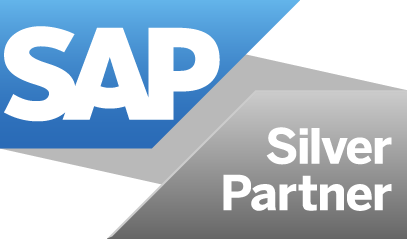
Blog
Orane’s blog posts keeping you up to speed with what’s hot in the world of business.
Features FMCG Companies Should Look for In Their Distribution Management System

Introduction:
The COVID-19 pandemic had a significant impact on the FMCG industry.
The extended lockdowns and social distancing norms forced people to stay at home and reduce their visits to the grocery stores. However, some interesting trends emerged. Processed food items saw a significant increase in sales. While the demand for organic food products saw a steady increase, non-essential products such as cosmetics saw a sharp decline. Online purchasing increased multifold.
All such aspects have made FMCG companies relook at their supply chain operations. They have realized that the traditional methods of distributor and retailer management will no longer work in the future. They need to go digital to ensure that they can supply the right goods to the right consumers, at the right time, and right place through their network of distributors.
Therefore, an effective Distribution Management System is crucial for any FMCG company to be on the map.
What is a Distribution Management System?
A Distribution Management System is a solution that enables companies to look after the movement of goods from supplier to manufacturer to market and finally to the consumer. It integrates all business activities into one solution and keeps things orchestrated. Distribution Management is about organizing everything pertaining to getting goods to the consumers in a timely manner with minimal waste.
With a plethora of Distribution Management Systems in the market, it could get confusing for companies as to how to select the right one for their needs. Here is a list of some essential features that they should look for.
Features to Look for in your Distribution Management System
- Offer Generation V/S Offer Accepted: The offer acceptance rate compares the number of candidates who successfully accepted the job offer with the number of candidates who received an offer. This ratio further helps organizations to analyze their drop-out ratio. It helps in understanding some ratios like:
- Helps in understanding the reason for dropouts
- Helps HR to attain a better offer acceptance rate
- Helps in internal HR analysis; like analyzing competition, Communication gap with a candidate, reasons for not accepting
1. Inventory Management and Tracking:
With real-time information about stock and sales, it is easier to manage the inventory. This information is especially essential for companies that deal with perishable products and need to follow a FIFO (First In, First Out) method. The DMS should allow stakeholders to make better business decisions based on the demand and supply trends in the market and improve distribution agility with real-time insights.
2. Distribution Processes Automation:
Automation has provided endless opportunities to businesses in the 21st century. It has helped in saving time, improving productivity, and led to better use of human resources while ensuring better quality. With a robust DMS, companies should be able to enable automation of several aspects of their distribution process. Studying the market trends or supplying whenever demand arises can get easier and smoother with such automation.
Apart from this, it is important to ensure that
– The DMS must be built for your industry with workflows that are relevant to your specific needs
– The DMS is extremely easy to use (otherwise the distributors are likely to avoid using the system)
– The DMS is built on a modern technology platform to offer you the required scalability and flexibility
– The DMS vendor should offer all the required support to facilitate the adoption of the DMS across a wide range of distributor network
Check out DealerPro, a modern Distribution Management System by Orane Consulting. It gives companies the cutting edge they need to succeed in organizing and controlling their supply chain. With DealerPro, companies can manage thousands of vendors and not lose sight of a single product, decrease operational costs, gain better visibility across their supply chain, and manage their entire operations through a centralized system.
Book your demo today!
Subscribe to our communication
You agree to receive newsletters, marketing communication and latest developments from us.

6 Tips to Boost Your Business Performance
- August 19, 2022

How ERP Implementation is Essential for Businesses? – Top 5 Reasons
- August 19, 2022

Take your Data into next level
- August 19, 2022

Rise with SAP: Business Benefits
- August 19, 2022

SAP Masterdata Management
- August 19, 2022

